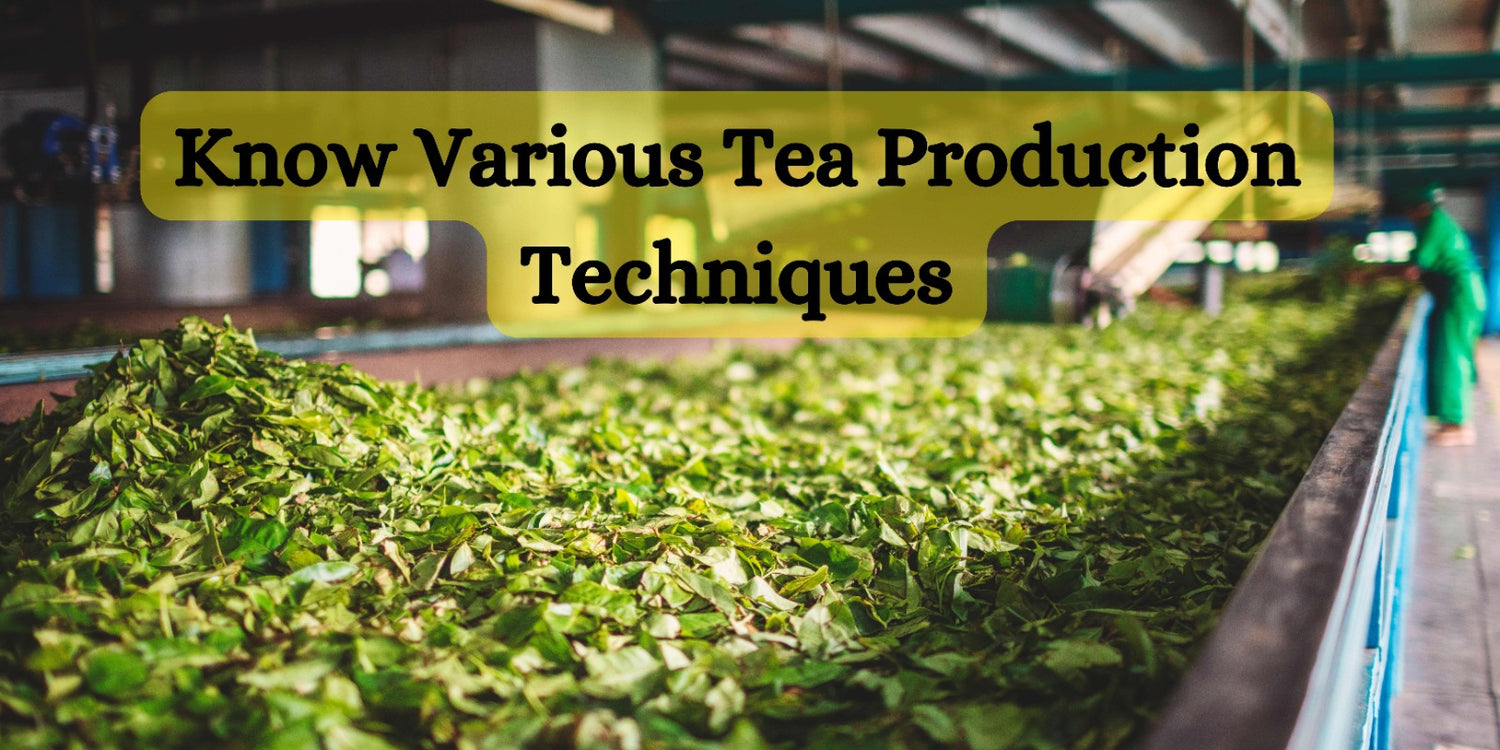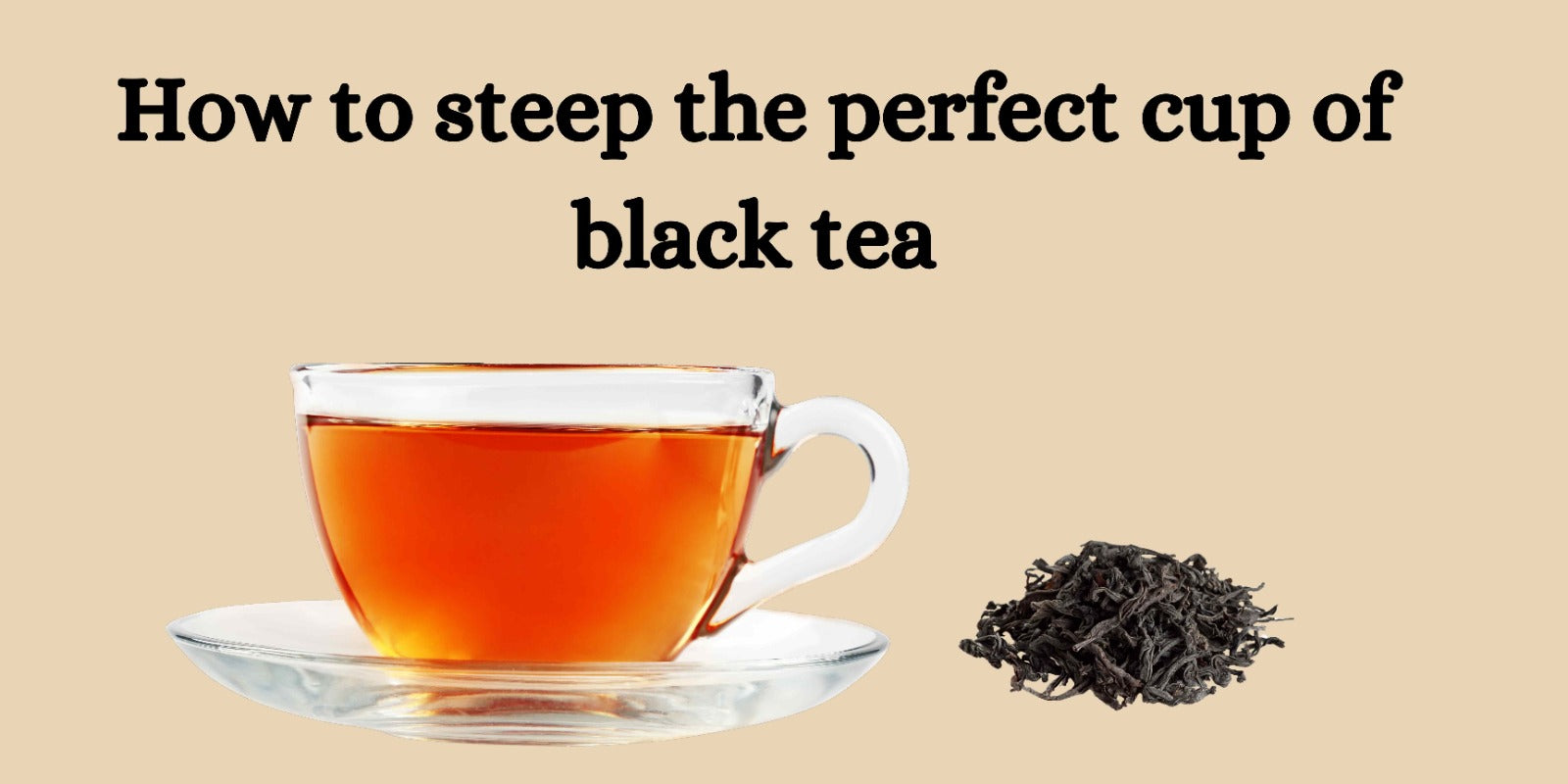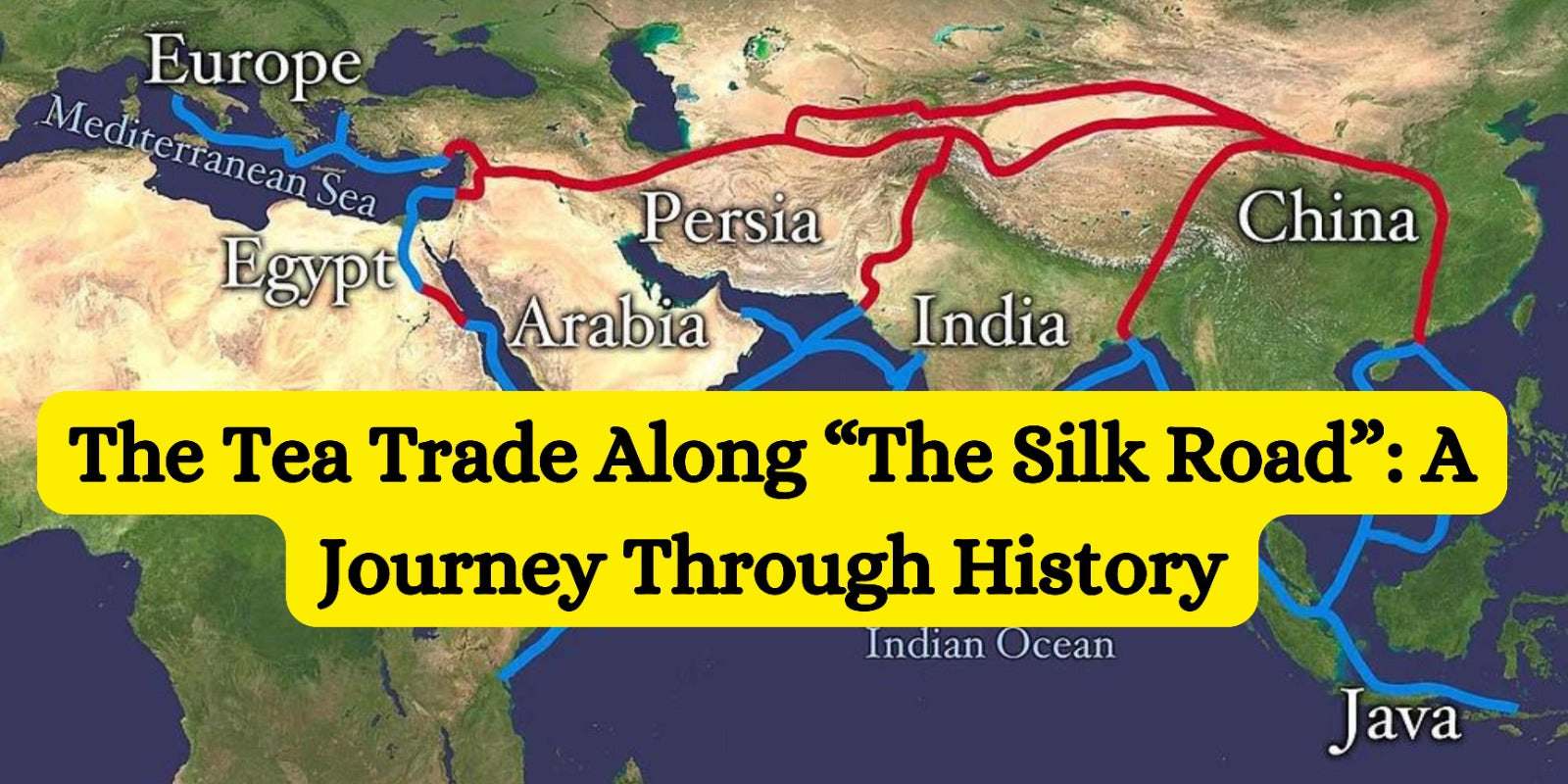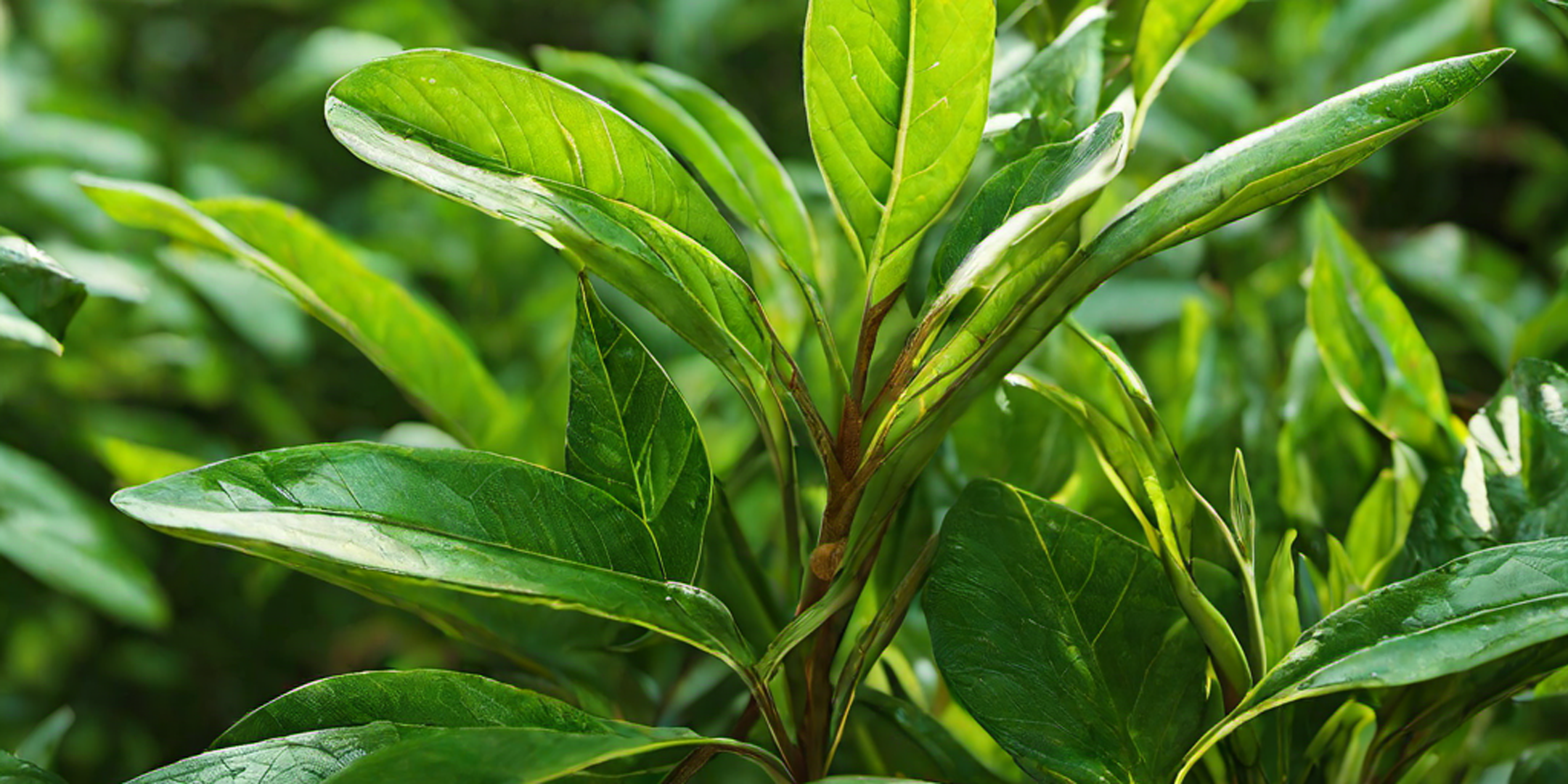The process of tea production involves a series of intricate steps that are crucial in determining the flavor, aroma, and quality of the final brew. In this blog post, we will delve into the diverse tea production methods used to cultivate and prepare different types of tea, highlighting the unique techniques that contribute to the distinctive characteristics of each variety.
Cultivation and Harvesting:
Tea production begins with the cultivation of tea plants, primarily Camellia sinensis, in tea gardens or plantations. The timing and method of harvesting play a crucial role in the flavor profile of the tea. There are three primary ways to harvest tea:
- Plucking: The most common method involves hand-plucking the tender, young tea leaves and buds, usually in the morning when they are at their freshest. The quality of the tea is often determined by the skill of the picker and the specific leaves harvested.
- Mechanical Harvesting: In some large-scale tea plantations, mechanical harvesters are used to efficiently gather the tea leaves. While this method is faster and cost-effective, it can result in a lower-quality tea due to the indiscriminate picking of leaves.
- Fine Plucking: This method involves selectively plucking only the top two leaves and the bud, which are prized for their delicate flavor and aroma. Fine plucking is labor-intensive but results in high-quality teas such as white and green teas.
Withering:
After picking the tea leaves, they are laid out to dry a little before the next steps. Withering can be done naturally or artificially, depending on the type of tea being produced. This step helps soften the leaves, making them pliable for further processing and influencing the final aroma and flavor of the tea.
Oxidation:
Oxidation, a key stage in tea production, is responsible for the distinct flavors of black and oolong teas. During oxidation, the tea leaves are intentionally bruised or crushed to trigger enzymatic reactions that result in the development of unique flavors and aromas. The length of oxidation varies based on the desired type of tea, with black teas undergoing full oxidation and oolong teas undergoing partial oxidation.
Fixation:
To stop the tea leaves from changing color by using heat is called fixing or firing. This step is essential for locking in the tea's flavor and aroma. Different tea types require specific fixation methods - such as steaming, pan-firing, or baking - to achieve the desired characteristics.
Rolling:
Rolling is a traditional technique that involves shaping the tea leaves into specific forms, ranging from tightly rolled balls to twisted strands. This process is often done by hand or using machinery and helps release essential oils and enzymes, enhancing the aroma and flavor of the tea. The degree of rolling varies based on the tea type, with tightly rolled leaves being characteristic of teas like gunpowder green tea.
Drying:
The final stage of tea production involves drying the processed leaves to remove any remaining moisture and stabilize the flavor profile. Tea leaves can be dried using various methods, including air-drying, sun-drying, or machine drying. Proper drying is crucial for preventing mold and preserving tea's freshness.
Grading and Sorting:
After the tea leaves are dried, they undergo grading and sorting based on size, shape, color, and quality. This step helps classify the tea into different grades, from premium whole-leaf teas to fannings and dust used in tea bags. This to check and sort the tea leaves to make sure every cup tastes and looks the same.
Packaging and Presentation:
Once the tea leaves have been processed and sorted, they are packaged and presented to consumers. Creative and informative packaging can enhance the appeal of the tea, convey its origin and quality, and provide brewing instructions to ensure the best possible tea-drinking experience.
Conclusion
In conclusion, the art of tea production encompasses a variety of techniques and processes that contribute to the diverse array of teas available to consumers worldwide. From the delicate plucking of tender leaves to the precise drying and packaging, each step in the tea production journey plays a crucial role in shaping the final product. As tea enthusiasts continue to explore and appreciate the nuances of different tea varieties, understanding the various tea production methods offers a deeper insight into the craftsmanship and dedication that makes the best cup of tea for you.
So the next time you sip a steaming cup of your favorite tea, take a moment to appreciate the centuries-old traditions, careful techniques, and skilled artisans who have played a role in bringing that tea from the garden to your teapot. Cheers to the rich tapestry of tea production methods that continue to captivate our senses and delight our palates with every sip.




